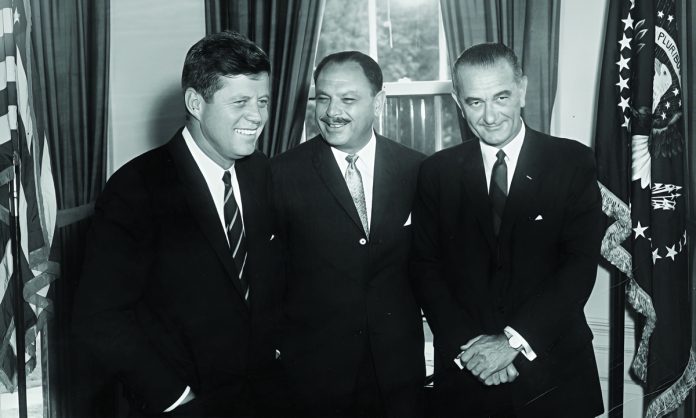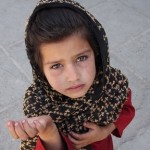Interaction Team
The following year, in 1961, political reforms and foreign diplomacy continued to shape Pakistan’s trajectory. A Constitution Commission was appointed to analyze the failures of the parliamentary system, paving the way for the 1962 Constitution. On the international front, Ayub Khan’s visit to the United States solidified Pakistan’s role as a key ally in the Cold War. His relationship with President John F. Kennedy resulted in increased economic and military aid, further strengthening ties with the Western bloc. Domestically, the administration’s focus remained on development, as part of the Second Five-Year Plan, which prioritized industrialization, irrigation, and foreign investment.
By 1962, Pakistan underwent significant political restructuring with the promulgation of the new Constitution. This document established a presidential system, granting extensive powers to the President while abolishing the parliamentary framework. The Basic Democracies system was formalized, and Ayub Khan was elected President under this new system. The Constitution also provided equal representation for East and West Pakistan in the legislature, despite population disparities, and declared Pakistan an Islamic Republic, aligning governance with Islamic principles. Critics, however, highlighted the authoritarian nature of the system and its emphasis on centralized control, which limited provincial autonomy and democratic freedoms.
Elections for the National and provincial assemblies were held in April 1962, marking a step toward institutionalizing the new system. Shortly thereafter, the National Assembly passed the Political Parties Act, legalizing political organizations. Despite these reforms, political opposition remained muted due to strict controls on political activities. Meanwhile, Ayub’s government continued to focus on economic development, with substantial progress in agriculture, infrastructure, and industrialization.
In 1963, Pakistan made significant strides in both regional and international diplomacy. The most notable achievement was the Pakistan-China Border Agreement signed on March 2, 1963. This agreement not only resolved territorial disputes between the two countries but also laid the foundation for a strategic partnership between Pakistan and China. Given Pakistan’s existing alliance with the United States, this move showcased its ability to balance relationships amid Cold War rivalries. At the same time, relations with India remained tense. Despite diplomatic engagements, disputes over Kashmir continued to strain bilateral ties, fostering an environment of military preparedness and regional uncertainty.
Domestically, Ayub Khan’s centralized governance faced opposition. Balochistan witnessed renewed unrest, with some tribal leaders demanding a share of the revenue from the Sui gas fields and opposing the One Unit Scheme, which aimed to consolidate administrative regions. Similarly, tensions in East Pakistan grew as economic policies disproportionately favored West Pakistan, deepening the sense of political and economic marginalization among Bengalis. These grievances foreshadowed future discord between the two wings of the country.
On January 2, 1964, the Presidential Elections took place, with Fatima Jinnah, the sister of Quaid-e-Azam Muhammad Ali Jinnah, running as the opposition candidate against Ayub Khan. Despite her strong appeal, particularly in East Pakistan, Ayub Khan secured a second term amid allegations of election rigging and manipulation. His victory reinforced the centralized control of his administration but also intensified opposition movements against his rule.
On strategic grounds, Pakistan took a significant step in military modernization by acquiring its first submarine, the PNS Ghazi, from the United States on June 1, 1964. This acquisition marked a milestone in Pakistan’s naval defense capabilities. On July 22, 1964, a major diplomatic achievement was the formation of the Regional Cooperation for Development (RCD), a trilateral agreement between Pakistan, Iran, and Turkey. The leaders of the three countries issued a joint communique from Istanbul, emphasizing economic and trade cooperation. This alliance was aimed at fostering regional stability and countering communist influences in the region.
Another significant development in Pakistan’s modernization was the launch of its first television station in Lahore on November 26, 1964. The pilot project, operated by Nippon Electric Company (NEC), marked the introduction of television broadcasting in Pakistan. This initiative played a crucial role in shaping media and communication in the country, paving the way for state-controlled news and entertainment programming.
Continue…..







